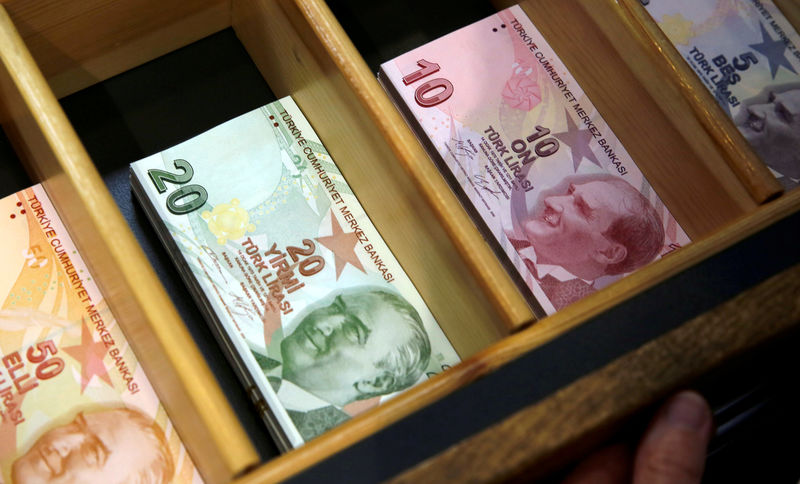Tonix Pharmaceuticals stock halted ahead of FDA approval news
Bank of America (BofA) revised its expectations for the Central Bank of the Republic of Turkey’s (CBRT) monetary policy, predicting a 200 basis point (bp) cut in the April meeting, a decrease from the previously anticipated 250bp cut. This adjustment follows the CBRT’s third consecutive rate cut of 250bp, which brought the policy rate down to 42.5%.
BofA analysts believe that a slower pace in rate reductions would yield a positive reaction from the markets. They argue that smaller cuts would allow the CBRT to evaluate the delayed impacts of its monetary policy decisions and ensure that demand conditions continue to support disinflation. Despite the potential for a larger cut, BofA suggests that a more measured approach could benefit the CBRT by providing additional time to assess economic conditions.
The CBRT’s recent statement indicated a shift in its communication, emphasizing a prudent adjustment of the policy rate on a meeting-by-meeting basis, as opposed to its previous stance of making decisions prudently. This change suggests a more cautious approach to future rate decisions.
Moreover, the CBRT is closely monitoring the influence of its monetary policy on credit and deposit markets, as well as domestic demand, which have recently seen an uptick in growth for both consumer and commercial credit.
Additionally, BofA views the CBRT’s move to limit banks’ foreign exchange lending by reducing the monthly growth cap to 0.5% as a positive development. While it remains uncertain whether the CBRT will implement further macroprudential measures on Turkish lira loans, the bank has reasons to consider slowing the pace of rate cuts, despite February’s favorable consumer price index (CPI) data.
Looking ahead, BofA maintains its projection that the Turkish lira (TRY) will appreciate in real terms by 5-8% by the end of the year, with an expected USD/TRY exchange rate of 41. This outlook reflects BofA’s anticipation of the CBRT’s policy rate reaching 30.5% by year-end, a slight increase from their previous forecast of 30%.
This article was generated with the support of AI and reviewed by an editor. For more information see our T&C.
